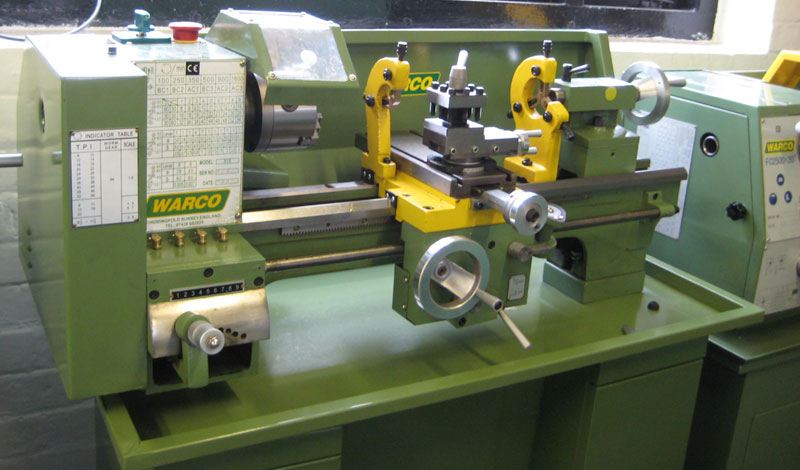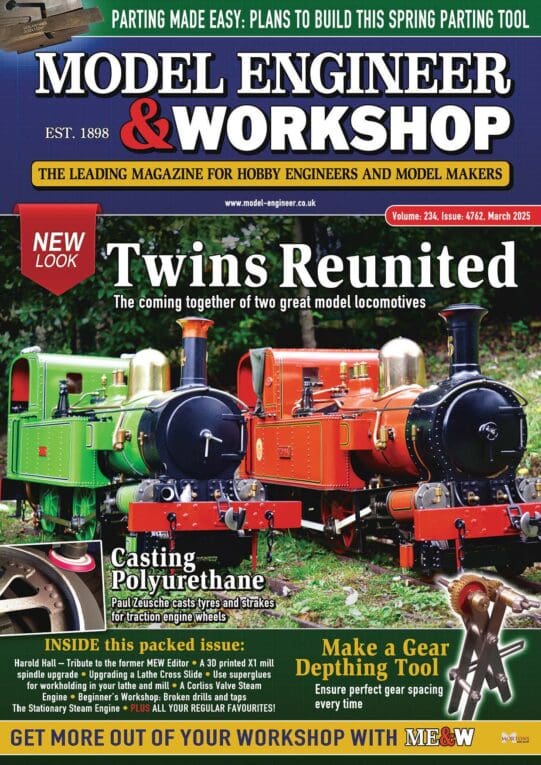Hello,
My position is that tools can be used as intended and pretty often you get reliable results that way. This is how industry works. We (hobbyists) unusually tend to use tools more creative – often out off necessity – sometimes out of ignorance. Surpricingly often we get away with it sometimes we finnish one thread and the tool is blunt or chipped.
HSS would be my first choice, because it works most of the time right. If you choose proper HSS it’s easy to sharpen, it can be sharpened to a very sharp edge (unlike the carbides) and it’s pretty tough = it can be used for intermittent cut. Because of these properties, it’s ideal for a hobbyist who has most of the time way too light weight machine, way too little power, way too little coolant and materials vary a lot.
Also the important thing is education, most of the books I read about model engineering are easily least 20 years old and most of the information is derived even on older experience. Very little information on newest polycrystaline diamond coated insert use in hobby applications.
I have used carbide tipped tools on cast iron and my experience is that it’s harder to sharpen really sharp. Works good enough on cast iron skin, they should sell these on 5/10 pcs. boxes of right hand general form instead of with numerous different tools (anyone having success with the compulsory boring bar?).
Indexable insert lathe tools are a mixed bag. I’m sure there is a procedure and a solution to every problem, but I am having hard time finding out what inserts does what. May forms, material grades, coating, chip breakers etc.
I have bought “Lamina”, one insert grade seems do most of the stuff, but not aluminium. The manufacturer has simple and good instructions – even I can read few one pages and pretend I understand it. I’m sure there are more of these “general” grades. I’m still trying these out, I can’t tell how they work under different materials – after I’ll get better, I’ll give them a good try.
Links for curious:
http://www.lamina-tech.ch/site2/tech.php
For boring bars (SCLCR) and fine external turning (SCLCR) I use these:
http://www.lamina-tech.ch/pdfs/Metric/T0000055.pdf
For most of the external turning (SSSCR) I use these:
http://www.lamina-tech.ch/pdfs/Metric/T0001459.pdf
0.4 and 0.8 mm radius
Site is hard to browse with some browsers, I use this old catalog: http://www.lamina-tech.ch/Downloads/file/2009_catalog.pdf
I hope these links don’t insult anybody, I’m just enclosing these here as an example. As much as I like SECO and Sandvik, just have a go on their site and they make you feel little. I have no relation to this comppany, I just can buy these easily here and the information I get is easy to digests. That’s all.
My reasoning is: If I can get away of most iron base metal turning with only a few tool holders and as little different tips as possible, I’m content. I’ll see it this Lamina LT-10 grade and one or two different inserts.
There are very many different materials and applications…one tool just can’t do it all.
BR,
PekkaNF
**Edit AARGH! just noticed this is about carbide TIP – somehow I failled to see it with my limited English and went on rambling of carbide INSERS. Should I delete this? Some should give me slap **
Edited By PekkaNF on 21/12/2010 13:37:12
PekkaNF.






